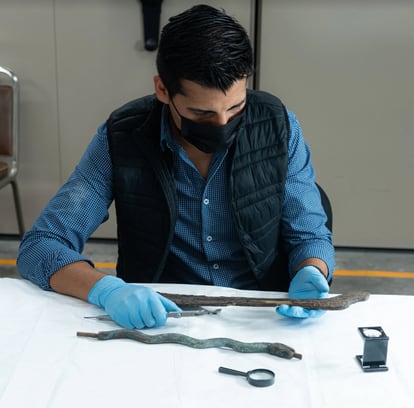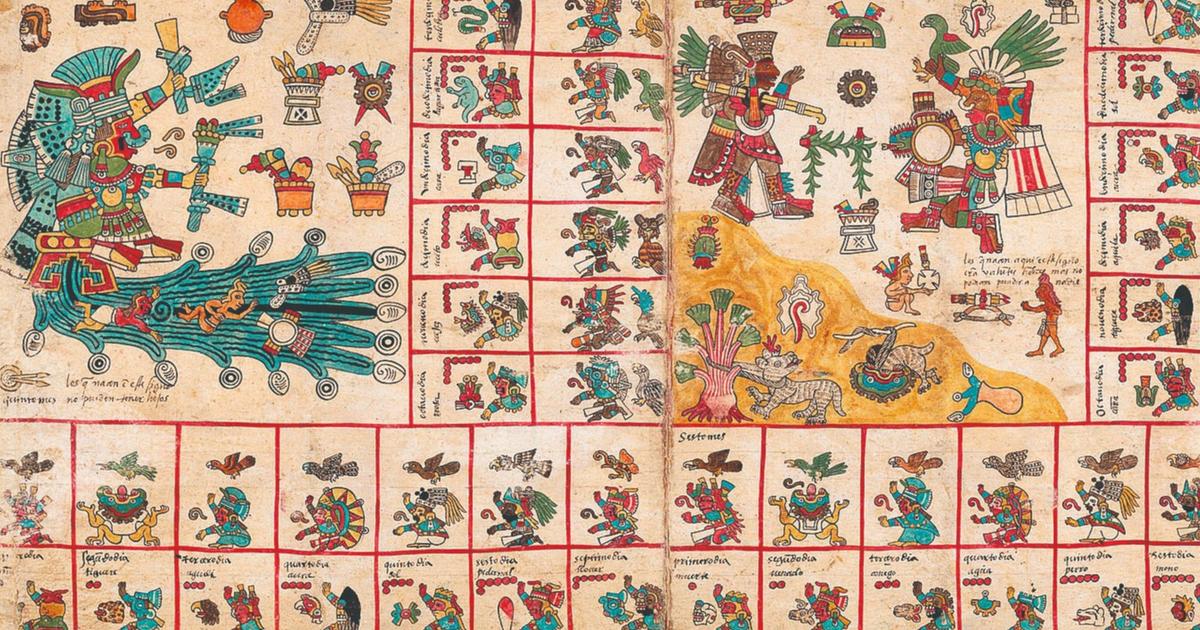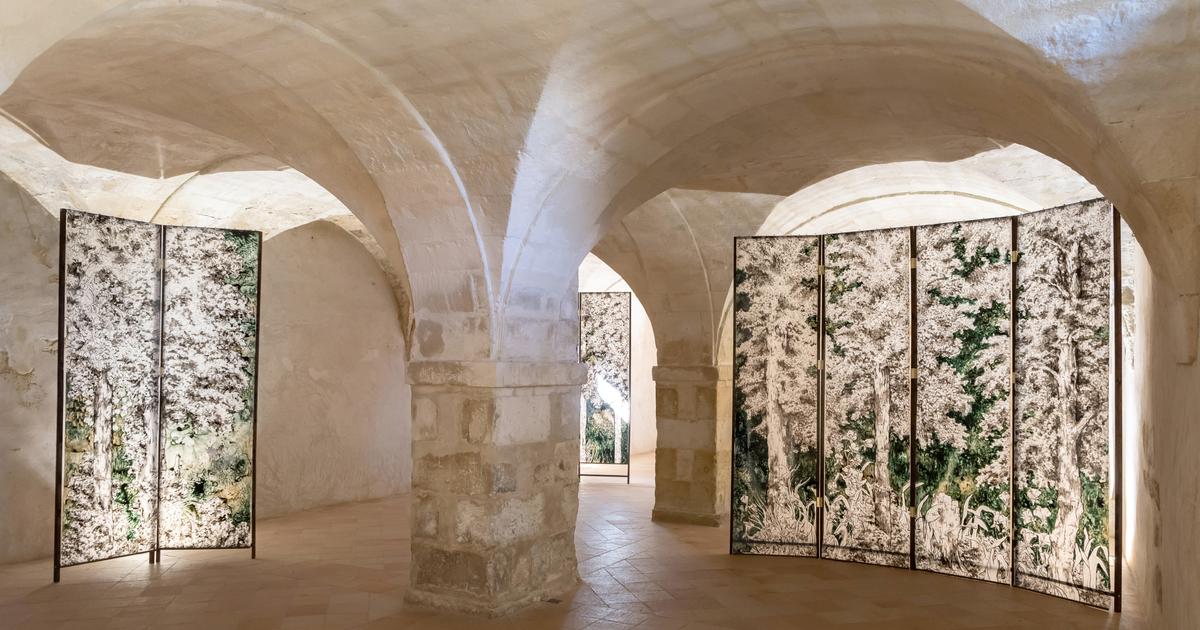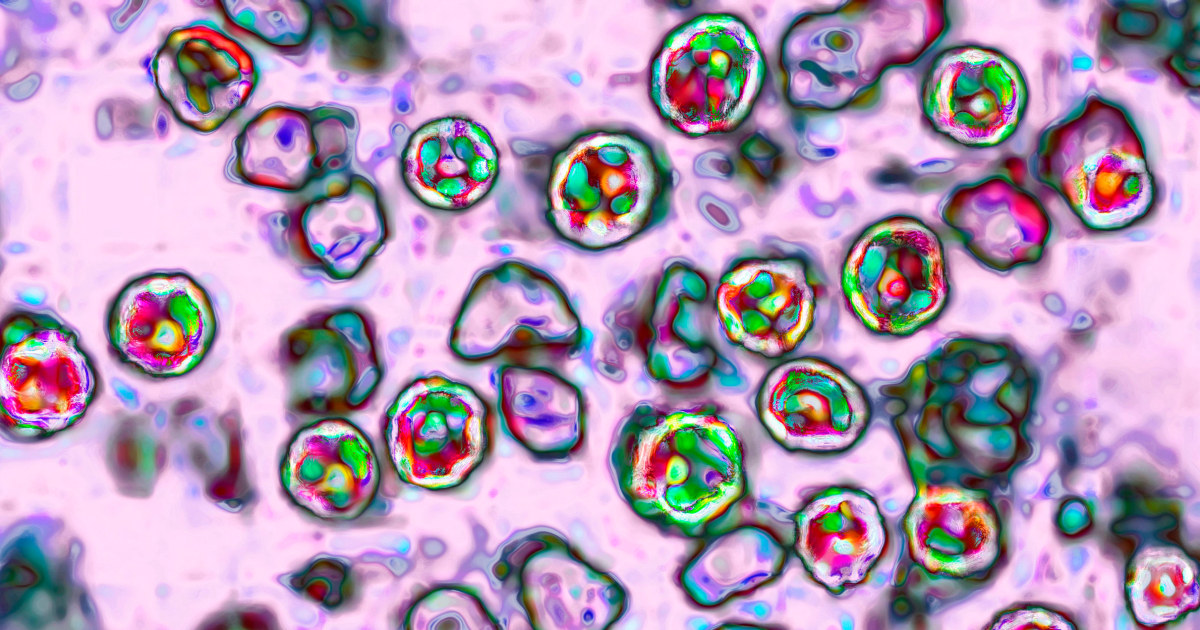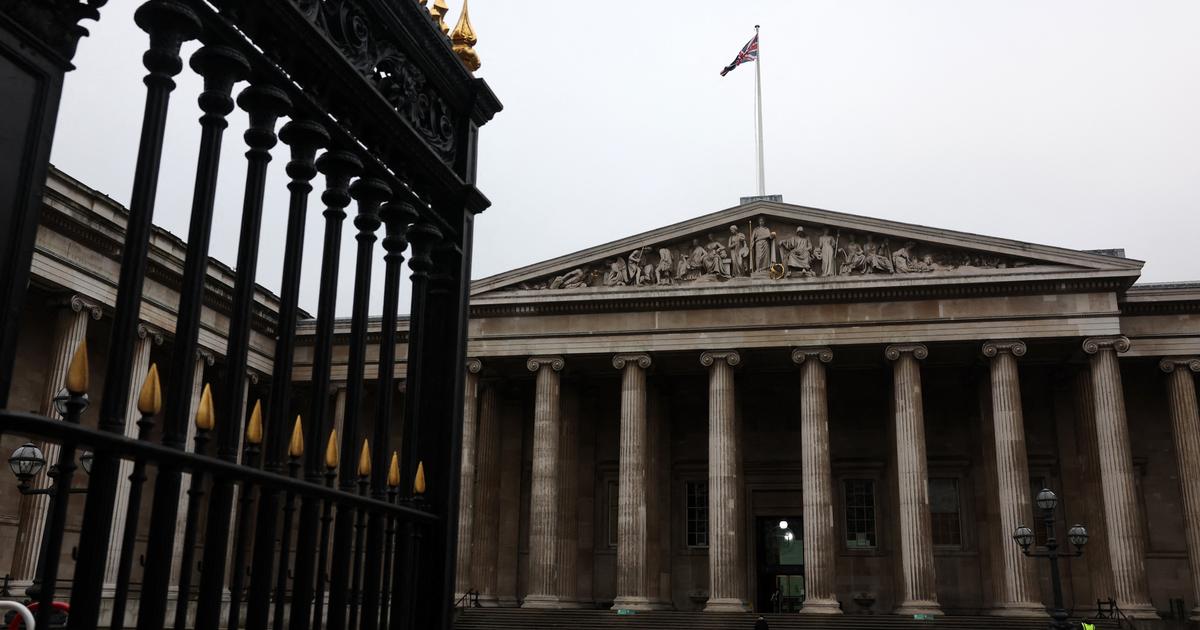So far, there are 2,550 wooden pieces that archaeologists, restorers and specialists have managed to rescue from the extraordinary offerings found at the foot of the Great Temple of old Tenochtitlan: darts, dart throwers, pectorals, earrings, masks, ornaments, earmuffs, scepters, jars, headdresses, a representation of a flower and another of bone, all found in the ritual deposits made by the priests to consecrate a building or make a request to the Aztec gods.
This is a true feat of science dedicated to the conservation of these naturally delicate plant materials.
The objects have survived more than 500 years submerged in water, some completely submerged.
A high and constant level of humidity, little oxygen and light, as well as minimal temperature fluctuations, contributed to the preservation of the organic remains to this day.
While, a modern method of conservation and stabilization, in which synthetic sugars are used (lactitol and, later, trehalose) - a technique used for the first time in Mexico, in 2002, by the restorer Alejandra Alonso, who carried out the stabilization of the wooden artifacts from Offering 102 in the Templo Mayor — will be preserved for this and future generations to see.
Due to their natural vulnerability, the preservation of the wooden objects in the offerings located at the foot of the spiritual center of the Mexica is considered exemplary.
Restoration work on the objects found in the Templo Mayor.INAH
Since 1978, the year in which the Templo Mayor Project began — the great archaeological landmark of modern Mexico, founded by Eduardo Matos Moctezuma — not many wooden objects had been rescued, and those that managed to be rescued were not preserved for long.
“My teacher Jorge Angulo [renowned Mexican archaeologist] told it,” says the director of the Templo Mayor Project, Leonardo López Luján, in conversation with EL PAÍS, “once they brought us a wooden mask where the INAH laboratories were;
here in Moneda, in the Historic Center.
The mask arrived, in the 1960s, and after a few hours it fell to dust.
It had come undone.
At that time we did not have the capacity or the knowledge to take care of these objects that are so vulnerable.
We couldn't keep them for years, just a few days”, explains López Luján.
But,
Restoration work on the objects found in the Templo Mayor.INAH
“Currently, the restorers María Barajas Rocha and Adriana Sanromán Peyrón are applying a very innovative conservation technique.
Thanks to it, the wood does not melt in our hands.
They are extremely delicate objects;
when we extract them from the offerings they come out as if they were
pork rinds in green sauce”,
laughs the archaeologist.
“[That of the Templo Mayor] is a collection, I would dare to say, unique in its kind.
It is one of the richest in all of Mesoamerica.
First, because of its state of conservation.
These types of objects normally do not survive to this day, among other things, because this was an island surrounded by a lake.
The conditions caused these objects to survive well over 500 years;
another is the collection's richness and diversity.
And, on a symbolic level, it is exceptional, because we are in the capital of the Mexica empire.
The materials we have here are spectacular because we are in the heart of an empire.
That explains, in part, why we have found not only wood, but rubber, flowers, crocodiles, starfish... It is a unique place in the sense that you have three superimposed capitals.
Mexico,
capital of 21 million inhabitants.
Then, the capital of New Spain, the most important European city overseas, with 170,000 inhabitants;
below, you have
Mexico-Tenochtitlan
, of about 200 thousand inhabitants.
We are excavating in a privileged place such as Jerusalem, Istanbul;
Alexandria, in Egypt or Rome itself”, says López Lujan.
One of the wooden objects found in the Templo Mayor.INAH
The stabilization and conservation of wooden objects, both
in situ
as during and after its exhumation, it has represented a great challenge for the restoration team of the Templo Mayor Project.
When the presence of these materials was detected in the offerings, a close and necessary collaboration was established between archaeologists and restorers, since their constituent material makes them highly vulnerable elements and prone to further deterioration.
With the help of Teflon or plastic spatulas;
grids and flexible sheets of polyethylene, the wooden artifacts are transferred to the field laboratory, where they are temporarily refrigerated and immersed in water inside plastic containers.
In this way, the objects remain stable during the registration and planning tasks, before starting the process aimed at their stabilization and consolidation.
María Barajas Rocha and Adriana Sanromán, conservation specialists and a fundamental part of the archaeological project, tell EL PAÍS about the process for the wood to recover its structure.
A necessarily slow method in which a solution with synthetic sugars is gradually concentrated until the desired maximum is reached.
These sugars have the advantage that, in addition to being stable against attacks by microorganisms and relative humidity fluctuations, they are chemically and physically compatible with wood.
“The process begins after carefully removing the remains of sediment deposited on the surface of each object.
Subsequently, the objects are immersed in the first solution of synthetic sugars, at a concentration of 5% in water, and as the plant structures absorb the sugars,
concentrations in the solutions are increased until maximum saturation is achieved, which reaches 82%”, the restorers explain to this newspaper.
The increase in the percentages of the different solutions is achieved in 13 steps, which means that the total duration of the impregnation process is approximately six to nine months.
At the end of the impregnation, the archaeological objects are carefully rinsed with lukewarm water and subsequently protected inside a heat chamber in which an average temperature of 50°C is maintained.
The final drying inside this chamber helps to provide the wood with the stability it requires from the controlled crystallization of sugars within its structure, which generates a thickening of its cell walls at a microscopic level.
Restoration work on the objects found in the Templo Mayor.INAH
The objects in this collection, found inside 7 excavation units and 14 offerings from old Tenochtitlan, were made from softwood obtained from different species of pine.
The use of white cedar, cypress, ahuehuete, aile and tepozán has also been identified, according to the studies that have been done in the ongoing investigation with the 62 samples that were selected and analyzed together with the Biology Laboratory of the School National Conservation, Restoration and Museography, with which a research protocol aimed at the taxonomic identification of wood was established.
The study of the collection of wooden objects has also been complemented with specific and detailed observations on various samples using scanning electron microscopy.
This analytical technique allows, by means of an electron beam, the observation and surface characterization of both organic and inorganic materials.
The artifacts were found complete or almost complete, and many even preserve traces of polychromy on their surfaces: blue, red, black and white;
typical colors used by the Mexica culture.
Blue, for example, is associated with the god of rain.
Black and white were used to outline figures, for example, to mark closed eyes on masks.
typical colors used by the Mexica culture.
Blue, for example, is associated with the god of rain.
Black and white were used to outline figures, for example, to mark closed eyes on masks.
typical colors used by the Mexica culture.
Blue, for example, is associated with the god of rain.
Black and white were used to outline figures, for example, to mark closed eyes on masks.
According to Víctor Cortés Meléndez, archaeologist of the Templo Mayor Project, the stories of Fray Bernardino de Sahagún mention that in the Mexica era carpenters and carvers were specialized artisans who made use of the trees and plants existing in the Basin of Mexico.
“Trees in Mesoamerica, especially some species, were considered a
xis mundi,
they were sacred.
There were pieces adorned with wood by Mexica priests, for example copal figurines, basalt braziers and flint knives.
They put their earmuffs and serpentine scepter on the flint knife, one of Tlaloc's attributes," the archaeologist explains to this newspaper.
Most of the wooden pieces are miniature representations of pitchers, deer-shaped or serpentine scepters;
miniature and pectoral masks;
darts, throwing darts (atlatl) and mallets, with which they adorned the protagonist animals of the offerings of the Great Temple.
The discovery of the monolith of the goddess Tlaltecuhtli, the incomparable monumental sculpture that represents the
earth
, on the property that was previously occupied by the Mayorazgo de Nava Chávez, motivated the team of specialists from the Templo Mayor Project, led by archaeologist Leonardo López Luján, to continue excavating.
And how good.
So far, 40 ritual deposits have been registered, where botanical remains, birds, mammals and marine animals, copper and gold objects, flint and ceramic pieces have been found.
And, of course, wood.
So far 2,550 wooden objects.
Brushstroke by brushstroke, archaeologists and restorers are slowly discovering bones, flowers, sea cucumbers, bits of wood that seem to fade over time, pieces of history of the Mexica empire that resist oblivion.
subscribe here
to the
newsletter
of EL PAÍS México and receive all the informative keys of the current affairs of this country

